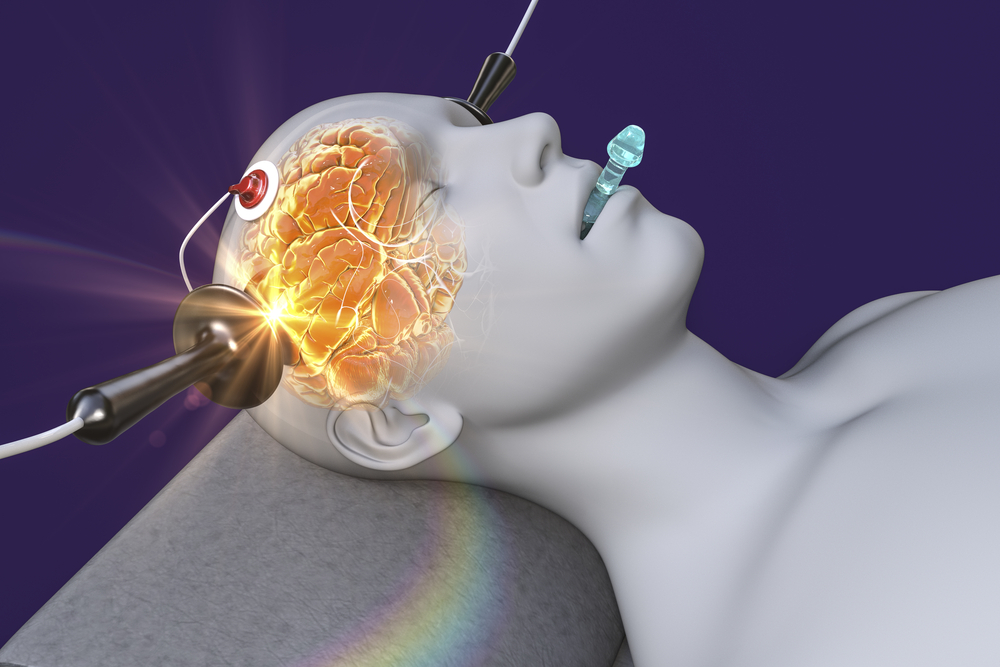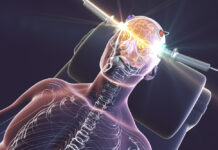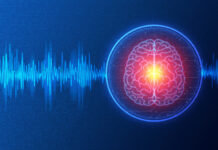In a correspondence published in the Journal of Affective Disorders, John Read from the University of East London discusses some issues around research into electroconvulsive therapy (ECT). Read focuses on one recent study that reported a high response rate and safety in a study of 110 adolescents despite 69% of the participants suffering from impaired memory.
Additionally, Read questions the efficacy of the treatment given that there was no follow-up after the treatment ended and independent researchers or clinicians did not evaluate the participants. He writes:
“As usual, the current study also has no follow-up beyond the end of treatment. Furthermore, evaluations of progress appear to have been made by the psychiatrists themselves rather than by independent, unbiased raters. So, contrary to the authors’ claims, little can be concluded about efficacy.”
 According to Read, the researchers from the psychiatry department at Zhengzhou University Hospital in China, where the research was conducted, decided that 69% (79 of 110 participants) of adolescents experiencing memory loss was acceptable as it was close to the 61% of adults that suffered memory loss during the same study.
According to Read, the researchers from the psychiatry department at Zhengzhou University Hospital in China, where the research was conducted, decided that 69% (79 of 110 participants) of adolescents experiencing memory loss was acceptable as it was close to the 61% of adults that suffered memory loss during the same study.
In addition to the disingenuous claim of high safety in a study where 69% of participants experienced memory loss, Read also points out that this study, like all ECT studies conducted since 1986, did not have a control/placebo group. In most ECT studies that utilized a control/placebo group, that group showed significant improvement.
The authors of the study evaluated the participants for cognitive impairments. The details of how this evaluation was conducted were not disclosed. Read wonders if the rate of memory impairment would have been even higher if the evaluations had been carried out by independent researchers using validated cognitive tests. The researchers claim the memory impairments were transient, but Read points out that as no follow-up examinations occurred after the conclusion of treatment, the researchers have no evidence to support these assertions.
According to research cited by the authors, 6 out of 10 participants experienced memory loss after undergoing ECT. The authors used this research to support their claim that memory impairment resulting from ECT is brief. However, the same research also revealed that 1 out of the 10 participants who underwent ECT still had memory issues 3.5 years later. This implies that even according to the research that the authors selectively picked to argue that ECT’s memory loss side effects were short-lived, 10% of the participants still had memory issues years after undergoing ECT.
According to Read, research has shown that between 12%-55% of people receiving ECT experience persistent or permanent memory loss. This risk is endorsed by the American Psychiatric Association and Somatics, which manufactures ECT machines. Read also questions what the parents of these adolescents were told about the safety of ECT before signing consent forms. If the language used by the researchers is any indication, the procedure was likely framed as having a high level of safety despite the significant risk of memory impairment.
Finally, Read highlights that this piece of research, like many others on the efficacy and safety of ECT, did not mention the social circumstances and life events that may have contributed to the participants’ depression. The research also did not discuss what interventions had been tried with the participants before ECT.
Read writes in conclusion:
“Some ECT researchers seem oblivious to the fact that electricity cannot resolve child abuse or neglect, loneliness, low self-esteem, or any of the many other causes of depression and suicidality in our children and teenagers.”
As mentioned by Read in his correspondence, the company that manufactures ECT machines warns that the procedure can cause “permanent brain damage.” Research has shown that ECT likely does not prevent suicide.
Additionally, the brain changes associated with ECT are linked to worse depression symptoms and deteriorating long-term outcomes. The problems around ECT have led recipients and psy-professionals to petition for suspension throughout the National Health Service in England.
****
Read, J. Warning: High incidence rate of cognitive impairment from electroconvulsive therapy with adolescents. Journal of Affective Disorders. 346(2024), 230-231 (2023). (Link)















Our daughter was forced to have ECT and to take Clozapine, etc , based on erroneous information presented to a judge. Was it the trauma of her forced hospitalizations, or the damage from psych drugs, or damage from the ECT, that caused her to think she was still 18 when she was discharged at age 20 and forced to live with permanent destruction by psychiatry of her best interests? I regret that we were not connected to Functional-Holistic doctors or a safe place to turn for help in 2015 that wouldn’t have diverted our daughter to pharma-dominated psychiatry which operates like a Power-Take-Off shaft.
Report comment
The heart can stop also during ECT. It is called “Asystole” in medical jargon. Google Asystole and ECT.
Can ECT cause asystole?
Abstract. Asystole presenting at the start of electrical stimulus application during electroconvulsive therapy (ECT) is a relatively common occurrence.
Do they tell the patients that?
How do they react?
Do they react “sane” and say that is troubling.
or
Do they say “Good I want to die”.
Which might prove they are too irrational to consent to accepting ECT.
Report comment
I had about a years worth of electroshock “treatments” for depression back in 2010. I seriously regret ever agreeing to going through with it. Aside from the fact I was generally dazed and confused the entire time. I ended up suffering permanent memory loss. I also had to see a speech therapist for a good while, since the way I spoke changed. I no longer was able to enunciate and could only speak in monotone.
I don’t recommend it, I don’t think it should be allowed considering how it came about. I’m sure there are a lot more like me who have been permanently changed for the worse. Unfortunately most of those people end up suffering in silence.
Report comment